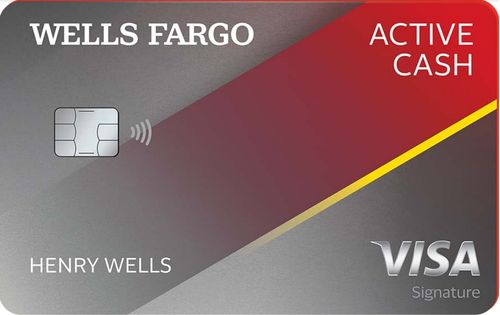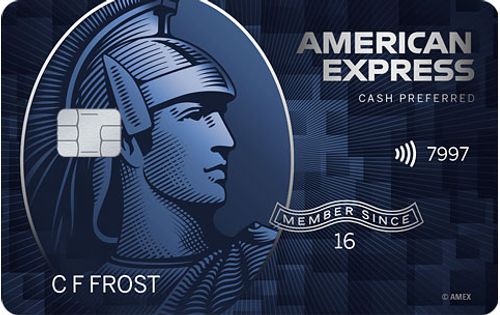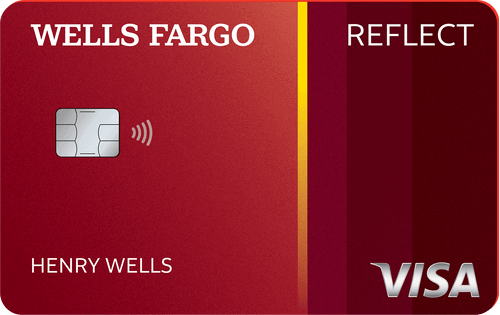WalletHub, Financial Company
@WalletHub
You can pay a loan with a credit card directly in the rare cases it’s accepted, or by using either a credit card balance transfer or a third-party money transfer service to pay the loan. Most auto lenders, mortgage companies, and student loan providers will not accept credit cards as a form of payment for loans, and money transfer services can be expensive.
Alternative Ways to Pay a Loan with a Credit Card
Use a balance transfer credit card:
Balance transfers are most commonly used to transfer credit card debt to a lower-APR credit card, but you can often use them to transfer loan debt, too. The balance transfer credit card issuer will make a payment to your lender for the amount you want to transfer, shifting that balance to the credit card.
Just make sure your lender and your card issuer are not the same company – if they are the same lender, the transfer will be declined. Also, consider whether or not a balance transfer is a good idea for your situation.
Make loan payments with a third-party payment service:
Some payment services, such as Plastiq or Western Union, allow you to pay bills with a credit card when you wouldn’t be able to otherwise. It’s not free, however – and in most cases, it’s not even cheap. Using these services with a credit card will rack up transaction fees that vary depending on which service you use, but typically the fees range from 2% to 3%.
Not to mention that using a credit card with these services may count as a cash advance to your card issuer, which comes with its own fees and APRs. And in the case of Western Union, your lender may not accept this form of payment.
Risks of Paying a Loan with a Credit Card
Unless your lender accepts credit card payments directly, it’s a good idea to consider the costs and benefits of paying a loan with a credit card – whether by third-party payment service or a balance transfer – before you do it.
- Interest charges: If you aren’t able to pay off your credit card balance at the end of a balance transfer credit card’s promotional APR period, you’ll rack up expensive interest charges.
- Balance transfer fees: With balance transfers, there are usually balance transfer fees.
- Cash advances: If your third-party payment ends up logged as a cash advance on your credit card, there’s no grace period for that debt, and cash advances typically have their own higher APR. Plus, there are usually fees that come along with cash advances.
If you’re in a position where paying with a credit card will avoid loan default, then these costs may be worth it.

Mike Wilkes, Member
@mikewilkes
The majority of lenders do not allow using credit to pay a loan. Now they prefer an electronic transfer that comes from a bank account (check or ACH payment). My previous lender allowed payments in credit card form but my current lender does not so I have used services like Chargesmart (Tio) or Plastiq when needed. They usually charge a 3-6% fee when using this service.
Applying for a line of credit would be the best alternative as you can easily borrow/transfer the funds into your checking account as needed.
People also ask
Did we answer your question?
Important Disclosures
Ad Disclosure: Certain offers that appear on this site originate from paying advertisers. For full transparency, here is a list of our current advertisers.
Advertisers compensate WalletHub when you click on a link, or your application is approved, or your account is opened. Advertising impacts how and where offers appear on this site (including, for example, the order in which they appear and their prevalence). At WalletHub we try to present a wide array of offers, but our offers do not represent all financial services companies or products.
Advertising enables WalletHub to provide you proprietary tools, services, and content at no charge. Advertising does not impact WalletHub's editorial content including our best picks, reviews, ratings and opinions. Those are completely independent and not provided, commissioned, or endorsed by any company, as our editors follow a strict editorial policy.



